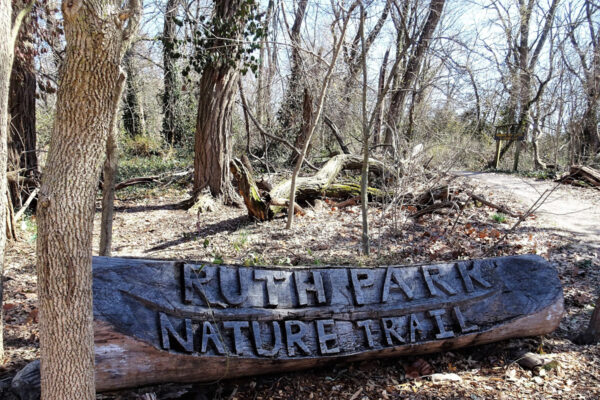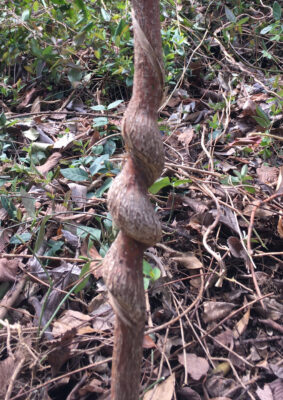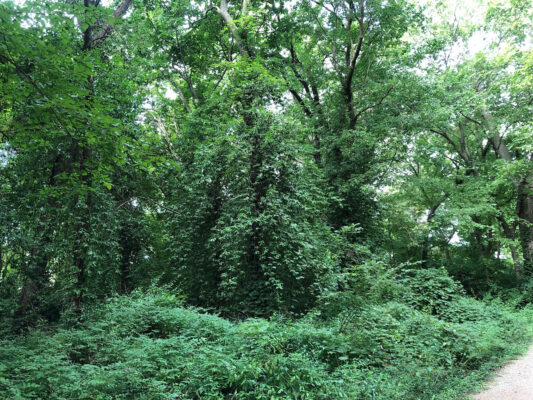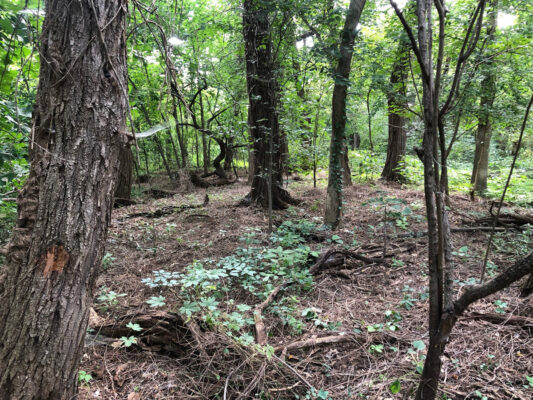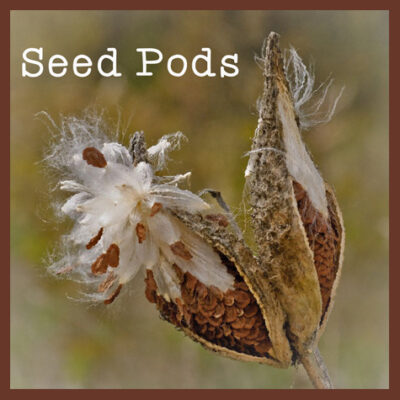 The U City NatureScapers is the second Seed Pod the Wild Ones St. Louis Chapter is proud to highlight. They are a hyper-local group doing outstanding work toward our shared mission of encouraging landscaping with native plants in residential, business, and public landscapes. NatureScapers includes leaders and volunteers who are active Wild Ones St. Louis members. Other community groups can learn much from this description of the work by the NatureScapers.
The U City NatureScapers is the second Seed Pod the Wild Ones St. Louis Chapter is proud to highlight. They are a hyper-local group doing outstanding work toward our shared mission of encouraging landscaping with native plants in residential, business, and public landscapes. NatureScapers includes leaders and volunteers who are active Wild Ones St. Louis members. Other community groups can learn much from this description of the work by the NatureScapers.
post written by Barbara Brain, St. Louis Chapter member
Let’s face it, I’m a homebody! I’m quite happy staying close to home, especially when I have uninterrupted time to work in my own garden. University City, the community I’ve lived in for the past 37 years, is also my “home” in a broader sense and has been the focus of all my volunteer activity for the past several years.
My friend and eco- gardening sister, Kathy Freese and I are founding members of NatureScapers, a recent subgroup of UCity in Bloom. We’re an as yet small group of volunteers with a love of nature, a passion for native plants and a will to spread the word about their role in the landscape. What do NatureScapers do? One of our projects is maintaining the Bird Garden at Centennial Commons, University City’s recreational complex. Cindy Gilberg designed the Bird Garden and it consists of mostly native plants. It’s a beautiful but unfortunately little known gem. We hope to change that.
Our biggest, and most impactful project is the restoration of Ruth Park Woods, a 26 acre tract of mixed woodland adjacent to the Ruth Park Golf Course and the Green Center. With increasing development everywhere, a sizable tract of woodland in an urban area is precious, helping to clean our air, absorb stormwater, provide habitat for wildlife and psychological as well as recreational benefits for humans.
Kathy and I had started looking at Ruth Park Woods about eighteen months ago. There are some spectacular trees there – huge Cottonwoods, beautiful Black Cherry trees, Oaks, Persimmons, Pawpaws and a massive Hackberry we call the Mother of All Hackberries. Overall, though, Ruth Park Woods was in very sad shape and crying out for help. Invasive bush and vine honeysuckle, Wintercreeper, garlic mustard and Japanese hops had seriously degraded it. Wintercreeper (Euonymus) vines had reached way up into the canopies of so many trees, happily flowering, fruiting and spreading seeds throughout the woods and beyond. It also covered the forest floor, shading out spring ephemerals and preventing the regeneration of desirable native plants. It was clear that the woods were at the tipping point and would soon be beyond hope of reclamation. We wanted to do something but how could two people hope to tackle such a large project with any reasonable hope of success? We knew that previous attempts had been made to remove invasives but these efforts had been sporadic and limited in scope.
That’s when we reached out to UCity in Bloom. Kathy and I already knew its Director of Horticulture, Jesse Gilbertson who had previous experience working on woodland habitat restoration projects with Forest Park Forever. We approached him with an idea to apply for Missouri Department of Conservation funds to begin a reclamation of the woods. Jesse was enthusiastic about the idea and took the lead on a successful application for MDC cost share grant funds to begin a comprehensive renovation and maintenance project for the entire 26 acre woods.
For those of you who don’t know UCity in Bloom, here’s a little background. It was founded in 1985 and quickly grew from an all volunteer organization to a 501(c) 3 nonprofit guided by Judy Prange, its Executive Director and a sixteen member Board. Its mission is to enhance University City through artfully designed public gardens, community involvement, partnerships, and environmental education. Funding comes from the city and the school district, donations, and fund raising activities such as the spring plant sale. Jesse is ably assisted by a couple of full-time horticulturists and he leads a dedicated band of volunteers. UCity in Bloom gardens, many of them rich in native plants, can be found throughout University City – at City Hall, in the Delmar Loop, at public schools, in parks, and neighborhoods.
Kathy and I lead volunteer groups in the woods on most Monday mornings throughout the year and also every other Saturday. Jesse has a Thursday morning group. We began a year ago at the McKnight entrance, focusing on an area about 20ft on either side of the trail. Our task was to begin removing invasive Wintercreeper (Euonymus fortunei) and Japanese honeysuckle (Lonicera japonica) vines from the trees. We removed as much of the Wintercreeper as possible, cut it at the base and treated it with a targeted dose of roundup to prevent regrowth. In this way, we removed the weight of the vines from trees and prevented them from reproducing by seed. The Japanese honeysuckle has been a little trickier to remove, requiring a little more finesse to disentangle its skinny stems from the young trees it’s busy twining around and strangling. Many of those trees bear permanent signs of their brush with this prolific vine.
We’re making progress! We recently completed the first phase of the project, having made one complete pass along the Nature Trail from McKnight to the Golf Course, over 1/2 mile. We have cleared hundreds of trees from the damaging effects of invasive vines and opened up views through the woods considerably. We’re cutting and treating more Bush honeysuckle (Lonicera maackii) now, too. There are still plenty of invasives that need to be removed but the treated areas are easily distinguishable from the untouched.
Kristin Soifer, a volunteer who has been heavily involved in this project since the beginning, has been interning with UCity in Bloom this summer as part of her Masters program with Miami University in conjunction with Missouri Botanical Garden. She has researched best practices for urban forest restoration and is currently documenting our work in the woods which we hope will be helpful for future grant applications and also useful for other groups pursuing similar restoration projects.
This spring, we planted about 100 3-gallon size trees that Jesse obtained through Forest Releaf of Missouri’s Project Communitree.
Next spring, we will plant shrubs and perennials in areas where the forest floor has been cleared. We hope to see more native perennials and annuals return from the “seed bank”, too. This will be a forever project as we know that invasives don’t give up easily. We also plan to extend the 1.2 mile trail through the woods to 1.75 miles in order to connect with the Green Center’s Urban Bird Corridor and the golf course. We will create an additional marked entrance at the golf course parking lot that will make the trail through the woods much more accessible to visitors.
Kathy and I certainly couldn’t have done this alone. Working within UCity in Bloom, a well established organization with a large number of volunteers has enabled us to make significant progress to bring Ruth Park Woods back to life. Come and take a look for yourselves.
If you are interested in volunteering with the NatureScapers, please visit the U City In Bloom website, select “Volunteer” from the menu, then select “Individual”, and fill out the form. Be sure, in the any other comments, to note that you are interested in NatureScaping, in the bird garden, and Ruth Park Woods.

